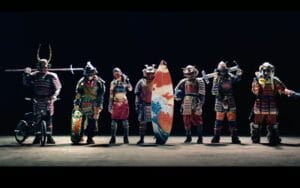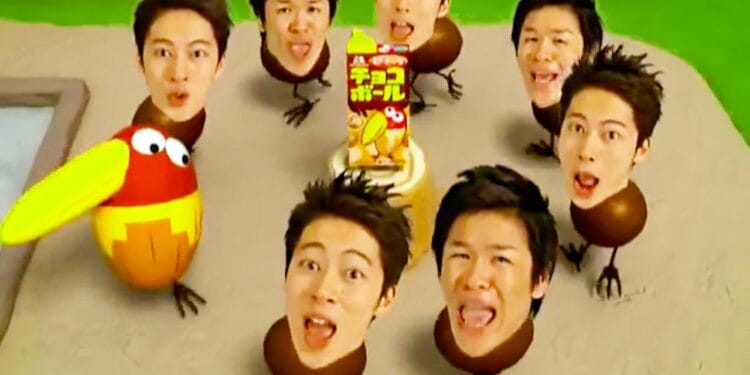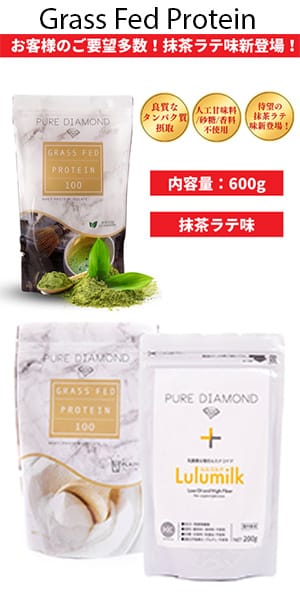No products in the cart.
Why Japanese Commercials Are So Quirky, Strange, and Funny
Introduction
Japanese commercials are globally recognized for their unique charm, blending eccentric humor, cultural idiosyncrasies, and unexpected creative choices. From singing vegetables to dramatic samurai slurping noodles, these ads captivate audiences worldwide. But what makes them so quirky? Let’s dive into the factors that set Japanese commercials apart, supported by fascinating examples and insights.
A Culture Rooted in Creativity
In Japan, advertising is seen as an art form that values originality over convention. This creative emphasis stems from the country’s rich history in theater, art, and storytelling. Advertisers often focus on leaving a memorable impression rather than simply delivering a straightforward message. For instance, brands frequently hire well-known actors or mascots to add charm and familiarity to their campaigns.
One standout example is the Nissin Cup Noodles’ Samurai Drone commercial. This 2023 ad featured samurai battling drones while enjoying their noodles. The blend of ancient and modern elements made it a viral sensation, sparking countless memes and fan art. This demonstrates how advertisers use an offbeat narrative to engage viewers.

Humor That Transcends Borders
Japanese humor often relies on absurdity and exaggeration. Commercials embrace these traits to grab attention in a competitive advertising landscape. For instance, Giga Pudding, a dessert brand, featured an over-the-top jingle paired with a dancing pudding mascot. The result? A catchy, unforgettable ad that resonated with children and adults alike
This playful approach contrasts with the straightforward advertising styles seen in many Western countries, highlighting a cultural inclination toward fun and lightheartedness in media.
The Power of Kawaii (Cuteness)
“Kawaii” culture, which emphasizes cuteness, plays a major role in Japanese commercials. Brands often rely on adorable mascots or anthropomorphized objects to evoke positive emotions. The long-running mascot Kumamon, for example, has been featured in several campaigns across Japan, helping brands connect with audiences emotionall.
Shiseido’s “High School Girl?” commercial took this concept further. The ad starts with typical schoolgirls but reveals they’re boys transformed with makeup, challenging beauty norms. This twist not only surprised viewers but also sparked discussions about identity and self-expression
Embracing Cultural Themes
Japanese commercials often intertwine tradition and modernity, celebrating cultural heritage while embracing innovation. Suntory’s Iyemon Cha ad, for instance, depicted tea preparation blended with calligraphy. The serene visuals and traditional motifs resonated with audiences, connecting them to Japan’s cultural roots while promoting a modern product.
This duality reflects Japanese society’s balance between preserving traditions and adapting to contemporary trends.

Short, Memorable Formats
Many Japanese commercials are just 15 or 30 seconds long, requiring concise yet impactful storytelling. This brevity forces advertisers to pack humor, emotion, and creativity into every second. The result is often bizarre yet compelling narratives that stick with audiences.
One example is the SoftBank “White Family” series, which features a talking dog as the family patriarch. This quirky premise keeps viewers engaged while subtly promoting the brand【192†source】【193†source】.
Targeting a Diverse Audience
Japanese ads aim to appeal to a wide range of demographics, from children to the elderly. This inclusivity fosters a sense of community and relatability. By combining nostalgia, humor, and universal themes, commercials achieve widespread appeal.
Global Impact and Internet Culture
Thanks to platforms like YouTube, Japanese commercials often reach international audiences. Their unusual content is frequently shared online, enhancing their global appeal. For instance, Kirin’s dancing vegetable commercial went viral due to its whimsical animation and catchy tune, proving the power of digital sharing
Conclusion: Why It Works
Japanese commercials stand out because they dare to be different. By blending humor, cultural themes, and creative storytelling, they leave a lasting impression. While quirky, they are a reflection of Japan’s innovative spirit and cultural pride, offering a refreshing take on advertising in a world often dominated by formulaic campaigns.










